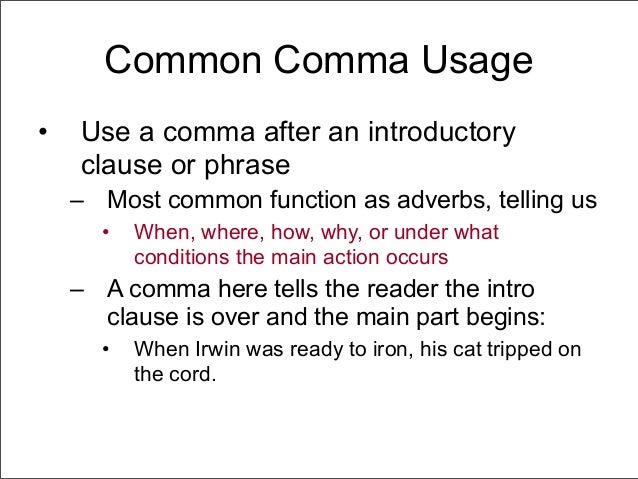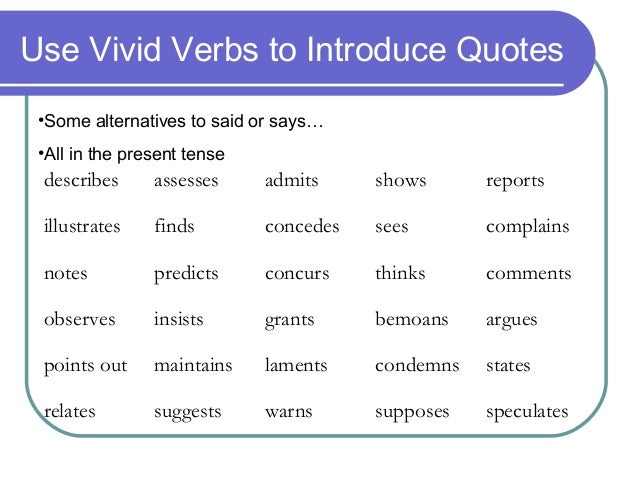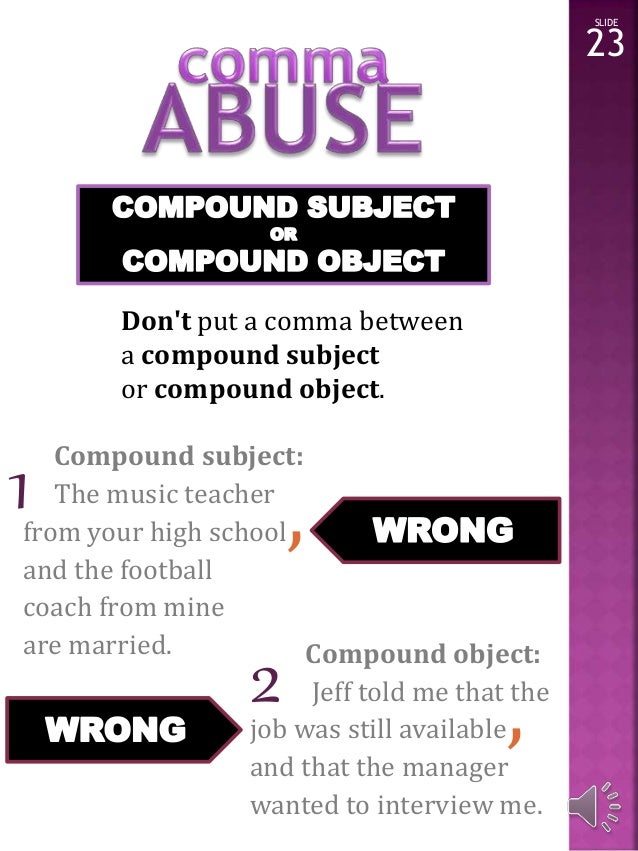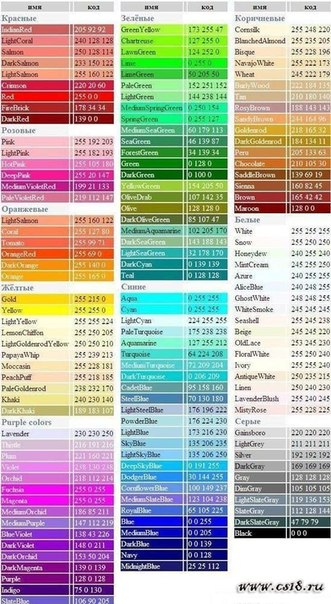In these constructions, the "to be" verb will follow the standard rules for subject verb agreement. The examples below have sentences using "to be" verbs in different tenses. "To be" verbs change almost more than any other verb. Let's learn how to use "to be" verbs correctly. Refer back to this lesson when you have questions about how to use them in the future. When giving imperatives or commands, "to be" verbs stay in the base form of be and typically stay at the beginning of the sentence.
In these sentences, the subject is implied so it doesn't have to be written, that is why you only see the "to be" verb followed by the complement. The correct "to be" verb to use depends on your subject and tense. This chart shows you proper subject verb agreement with "to be" verbs. The previous section contained examples of what most beginners need to learn for using "to be" verbs correctly.
In this section, we'll be covering many other ways to use them. The most common pronouns are the personal pronouns. These refer to the person or people speaking or writing , the person or people being spoken to , or other people or things .
Several of the personal pronouns have singular and plural forms. Like nouns, personal pronouns can function as either the subject of a verb or the object of a verb or preposition. Most of the personal pronouns have different subject and object forms. Transitive VerbsTransitive verbs are action verbs that always express doable activities that relate or affect someone or something else. These other things are generally direct objects, nouns or pronouns that are affected by the verb, though some verbs can also take an indirect object, such as show, take, and make.
In a sentence with a transitive verb, someone or something receives the action of the verb. The linking "to be" verb describes the condition of the subject. Below are a few sentence structures using the linking "to be" verbs.
Chinese frequently uses serial verb constructions, which involve two or more verbs or verb phrases in sequence. Chinese prepositions behave similarly to serialized verbs in some respects, and they are often referred to as coverbs. There are also location markers, which are placed after a noun and so are often called postpositions; they are often used in combination with a coverb. Predicate adjectives are normally used without a copular verb ("to be") and so can be regarded as a type of verb. Auxiliary verbs are also known as helping verbs and are used together with a main verb to show the verb's tense or to form a question or negative. Common examples of auxiliary verbs include have, might, will.
These auxiliary verbs give some context to the main verb, for example, letting the reader know when the action took place. Even a casual review of your writing can reveal uses of the verb "To be" that are unnecessary and that can be removed to good effect. In a way, the "To be" verb doesn't do much for you — it just sits there — and text that is too heavily sprinkled with "To be" verbs can feel sodden, static.
This is especially true of "To be" verbs tucked into dependent clauses and expletive constructions ("There is," "There were," "it is," etc.). Note that the relative pronoun frequently disappears as well when we revise these sentences. The "to be" verb used in the question tag must be the same one used in the statement. These are examples of how you will see "to be" verbs most often. It is a sentence of present tense because of the main verb 'has' being in its present tense form and a perfect aspect because it contains 'have + Vp.p' structure. The Situation Time is in the past because John has done the action of buying a house.
However, the Topic Time is present because unlike 'John bought a house', this sentence focuses on the current effect of completing the action of buying a house. Therefore, present time is the speaker's focus and so Topic Time is present. Therefore, we can see that the position of three times being Situation Time precedes Topic Time which coincides the Utterance Time.
Since tense is in charge of the relationship between Topic Time and Utterance Time, the sentence is of present tense. However, since aspect is in charge of the relationship between Situation Time and Topic Time and that Situation Time precedes Topic Time, this sentence has perfect aspect. It can be seen that tense and aspect are in charge of different relationships. This is emphasized to help distinguishing these two concepts. The basic word order is subject–verb–object , as in English. Otherwise, Chinese is chiefly a head-final language, meaning that modifiers precede the words that they modify.
In a noun phrase, for example, the head noun comes last, and all modifiers, including relative clauses, come in front of it. This phenomenon is more typically found in subject–object–verb languages, such as Turkish and Japanese. The parts of the sentence are a set of terms for describing how people construct sentences from smaller pieces. Like the parts of speech, however, the parts of the sentence form part of the basic vocabulary of grammar, and it is important that you take some time to learn and understand them. When this happens, as in "to not run," it is called a split infinitive. Chinese makes frequent use of serial verb constructions, or verb stacking, where two or more verbs or verb phrases are concatenated together.
Why Do We Use To Before A Verb For constructions that involve more than one verb or verb phrase in sequence, see Serial verb constructions. For sentences consisting of more than one clause, see Conjunctions. We must choose carefully among these various forms when selecting the proper verb to go with our subject.
Singular subjects require singular verbs; plural subjects require plural verbs. We wouldn't write "The troops was moving to the border." But some sentences require closer attention. Putting an adverb that tells us when at the end of a sentence is a neutral position, but these adverbs can be put in other positions to give a different emphasis.
All adverbs that tell us when can be placed at the beginning of the sentence to emphasize the time element. Some can also be put before the main verb in formal writing, while others cannot occupy that position. The most common way to use infinitive verbs is as a direct object or an indirect object.
When the subject performs an action, the infinitive can answer the question "What? In French, when a verb follows a preposition, the verb is normally in its infinitive form. The following sections show verbs requiring à, de, other prepositions, and à + quelqu'un + de, respectively. The final two sections discuss nouns and adjectives that are followed by de before an infinitive and verbs that require no preposition before the infinitive. Can you identify the verb phrase in a sentence? Understanding verb phrases is helpful when speaking, writing and avoiding grammar mistakes.
Keep reading for the definition of a verb phrase and how it is structured in different types of sentences. In positive sentences it is placed before the main verb and after auxiliary verbs such as be, have, might, will. If the main verb is to be, then place still after it rather than before. In questions, still goes before the main verb.
Phrasal verbs aren't single words; instead, they are combinations of words that are used together to take on a different meaning to that of the original verb. There are many examples of phrasal verbs, some of which have colloquial meanings, such as make up, hand in, bring up, point out, look forward to. Each time the verb takes the extra word it takes on a new meaning. Intransitive verbs are action verbs that always express doable activities.
They are different from transitive verbs because there is no direct object following an intransitive verb. Direct ObjectI hope the Senators win the next game.No Direct ObjectDid we win? Subject ComplementsIn addition to the transitive verb and the intransitive verb, there is a third kind of verb called a linking verb.
The word which follows a linking verb is called not an object, but a subject complement. Confusion between the verbs lay and lie arises because the present tense of the former is the past tense of the latter. The easy way not to mix them up is to remember that lay is a transitive verb ; lie is intransitive.
If you lay a table or an egg, or you lay something down, the past tense is laid. If you try singing it like that, however, it sounds Australian, which would not really have worked on an album called Nashville Skyline. Sometimes both the "-ing" and the past participle ("-ed") forms can function as adjectives.
The "-ing" and the past participle is bolded in the example sentences below. Notice that the "-ing" adjective refers to a thing and the past participle ("-ed") adjective refers to a person. When do you use "finishing" versus "to finish" versus "finished"?
In the sentence "She has played banjo for four years," for example, has is an auxiliary verb , and played is a past participle. As in the examples mentioned before, hasis used with a third person singular pronoun. Also known as linking verbs, state of being verbs describe conditions or situations that exist. State of being verbs are inactive since no action is being performed. These verbs, forms of to be, such as am, is, are, are usually complemented by adjectives. Then, how do you say, "Before I ate a meal, I washed my hands"?
"To wash" is ARAIMASU, and its past form is ARAIMASHITA. So, in all, you say GOHAN O TABERU MAE NI, TE O ARAIMASHITA.On the other hand, you use ATO DE when you want to emphasize what you do or did, after doing something else. You use the TA-form of verbs before ATO DE. As you know, the TA-form is used for the past or the perfect. But here, even if a sentence as a whole is in the present tense, you use the TA-form before ATO DE. As shown in section 'Whether Chinese tense exists or not', 他 昨天/今天/明天 回來 (He yesterday/today/tomorrow come back) share a common verb 回來 . Researchers argue that time adverbials can already represent temporal reference in sentences and therefore there is no tense marker .
It can be seen that these three examples have 'ta' , 'huilai' in common. The only difference is the time adverbials 'zuotian' , 'jintian' , 'mingtian' . One thing to note is that the verb huilai' stays the same in three different times. If the time adverbials were removed, readers or listeners could not tell any difference from the verb form. Infinitives are important building blocks in the English language.
Once you've learned how to use infinitives in a sentence, you're ready to expand them into infinitive phrases. Check out examples of infinitive phrases, or move on to participial phrases. You've seen more infinitives than you think in your everyday reading. Take a look at these sentences to find common verbs that precede infinitives. Because they function as nouns, adjectives and adverbs, they can appear almost anywhere.
Now that you can spot an infinitive, take a look at the various ways they pop up in the English language. Adverbs that tell us how often express the frequency of an action. They are usually placed before the main verb but after auxiliary verbs (such as be, have, may, & must). The only exception is when the main verb is "to be", in which case the adverb goes after the main verb. Please note that in the case of should and must in the examples below, the modal verbs are expressing obligations, whereas would and may are expressing possibilities. As you can see from the examples above, one clue to help you recognize a verb is its location compared to the subject.
Verbs almost always come after a noun or pronoun. These nouns and pronouns are referred to as the subject. The verb thought comes after the noun Jack, so the action Jack was taking was thinking .
Or, "I'm opposed to changing the laws." In this sentence, again, 'changing' is the gerund. It's the 'ing' form of the verb which is functioning as a noun in the sentence. Sentences with similar meaning can be produced using relative clauses. As a preposition, gěi may mean "for", or "to" when marking an indirect object or in certain other expressions.
The active verb of a sentence may be suffixed with a second verb, which usually indicates either the result of the first action, or the direction in which it took the subject. When such information is applicable, it is generally considered mandatory. The phenomenon is sometimes called double verbs. The version with zài, on the other hand, plays an adverbial role. For examples, see sentence structure section.
To express both, the verb may be repeated in a special kind of serial verb construction; the first instance taking an object, the second taking the complement. Aspect markers can then appear only on the second instance of the verb. This phenomenon is common in East Asian languages. In English, some words, as in the cited example of "cattle", are often paired with a noun used much like the Chinese measure word.


























No comments:
Post a Comment
Note: Only a member of this blog may post a comment.